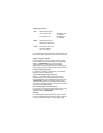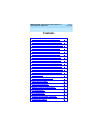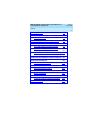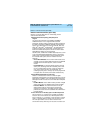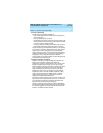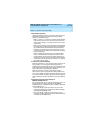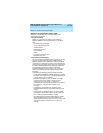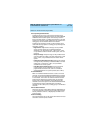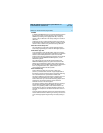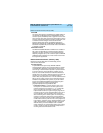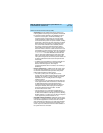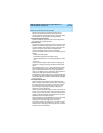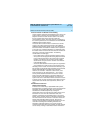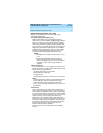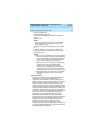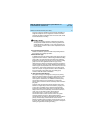
MERLIN LEGEND Communications System Release 7.0
Pocket Reference
555-670-116
Issue 1
April 1999
6
Release 6.1 Enhancements (August 1998)
■ SMDR
In addition to SMDR options for non-network calls placed to and
from the local system, system managers now can program
SMDR to log incoming and outgoing UDP calls, or they can
choose to log no UDP calls. The factory setting is to record all
UDP calls.
Customers who use a call accounting system may not want to
fill the database with calls coming and going across the private
network. These customers may choose not to log UDP calls.
■ Decrease in Call Setup Time
The setup time for a call across a private network has been
reduced by programming the number of UDP digits expected.
■ PRI Switch Type Test
A new maintenance test, the PRI Switch Type Test, has been
created to allow Lucent Technologies technicians or authorized
dealers to automatically determine if each end of the PRI
tandem trunks has been programmed correctly. The test works
for directly connected MERLIN LEGEND Systems, not for
DEFINITY
®
systems.
For a PRI tandem trunk to operate correctly between two
MERLIN LEGEND Systems, one system must have the PRI
Switch Type set to Network, and the other system must have
the PRI Switch Type set to PBX. If both ends of the PRI tandem
trunk are programmed the same, problems occur in the
communications between the two systems.
■ Service Observing
Service Observing allows one extension to listen in on
(observe) a call at another extension. A typical application of
this feature is that of a Customer Service supervisor observing
how a Customer Service representative handles calls.
The Service Observing group can listen to anywhere from one
extension to all extensions in the system, including other
Service Observers. Up to 16 Service Observing groups can be
programmed. The Service Observer and the observed
extension must be on the same system.
The observer activates Service Observing either by pressing a
Service Observing button and then dialing an extension
number, or by pressing a DSS or Auto Intercom button. The
Service Observer must use an MLX telephone to observe an
extension; the telephone at the observed extension can be of
any type.
A warning tone that alerts the observer, the observed extension,
and the caller that Service Observing is occurring can be set to
on or off through System Programming. The factory setting is
on.



